Treatment of Intestinal Obstruction
Intestinal obstruction occurs for various reasons, including adhesions, hernias, and even parasitic infections. This pathological condition can lead to life-threatening complications and therefore requires immediate medical intervention.
This article will examine the key factors in the development and clinical manifestations of intestinal obstruction, as well as current approaches to treatment. Special attention will be paid to measures to prevent this pathological condition.

specialists

equipment

treatment
Classification of intestinal obstruction
In clinical practice, several key types of intestinal obstruction are distinguished, differing in their developmental mechanism, location, and severity.
The main causes are embolism and thrombosis due to atherosclerosis or bleeding disorders. The pathology is characterized by rapid development—irreversible necrotic changes occur in the intestinal wall within 6-12 hours after the onset of ischemia.
The clinical picture is characterized by severe abdominal pain, rapidly progressing intoxication, hemodynamic disturbances, and the appearance of blood in the stool. Diagnosis is based on angiography and CT scans with vascular contrast.

-
Mechanical Intestinal Obstruction
Mechanical intestinal obstruction occurs when the intestinal lumen becomes blocked due to a tumor, adhesions, gallstones, volvulus, foreign body, or strangulated hernia. Without prompt treatment, it can lead to intestinal necrosis and peritonitis. Mechanical obstruction requires surgical removal in 90% of cases. -
Vascular intestinal obstruction
Vascular intestinal obstruction is a life-threatening condition caused by acute disruption of the intestinal blood supply. Unlike other forms of obstruction, this pathological process develops due to the cessation of blood flow through the mesenteric vessels. -
Dynamic Intestinal Obstruction
Dynamic intestinal obstruction is a functional disorder of the intestine in which the normal motility of the intestinal wall is significantly altered. It develops as a result of various pathological processes that disrupt the neuromuscular regulation of the digestive tract. The clinical picture is characterized by abdominal distension, dull, aching pain, and stool and gas retention. In later stages, vomiting may occur. Auscultation reveals a significant weakening or complete absence of bowel sounds.
Advantages of laparoscopic hernioplasty
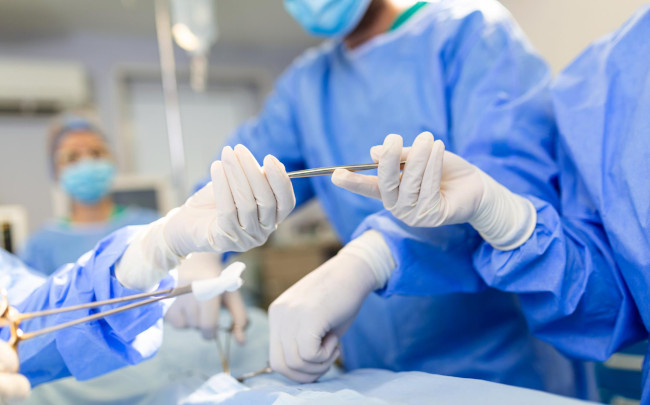
Intestinal obstruction occurs for a number of reasons:
- Adhesion formation after surgery, inflammatory diseases, or injuries
- Neoplasia both in the intestine itself and in adjacent organs
- Hernial protrusions: inguinal, femoral, or ventral postoperative
- Intussusception: the protrusion of one intestinal segment into the lumen of another
- Spastic motility disorders due to intoxication or neurological pathologies
- Occlusion of mesenteric vessels due to atherosclerotic lesions or cardiogenic embolism
- Impaired blood supply to the intestinal wall
Symptoms of intestinal obstruction
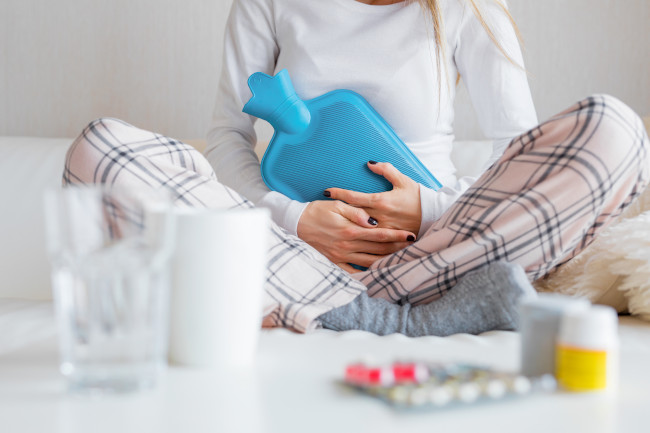
The main signs of intestinal obstruction:
- Severe abdominal pain: cramping in the mechanical form, constant and excruciating with strangulation, dull with dynamic obstruction.
- Repeated vomiting.
- Delayed bowel movements, inability to pass gas.
- Abdominal bloating.
Intestinal obstruction is accompanied by characteristic general symptoms: severe dry mouth, rapid pulse, decreased blood pressure, and signs of intoxication.
If such symptoms appear, consult a doctor immediately, as delayed treatment can lead to life-threatening complications.

Symptoms in Children
The clinical presentation of intestinal obstruction in children has its own characteristics related to the anatomical and physiological characteristics of the body. Manifestations depend on the patient's age, type, and severity of obstruction.
Newborns experience a lack of mediocrity, vomiting with bile, upper abdominal distension, restlessness, and refusal to eat. When intestinal obstruction occurs, infants draw their legs up to their stomachs, vomit prolixly, and cry piercingly.
At the first symptoms, immediate hospitalization is required, as life-threatening complications such as intestinal necrosis, perforation, and peritonitis develop much more quickly in children than in adults.
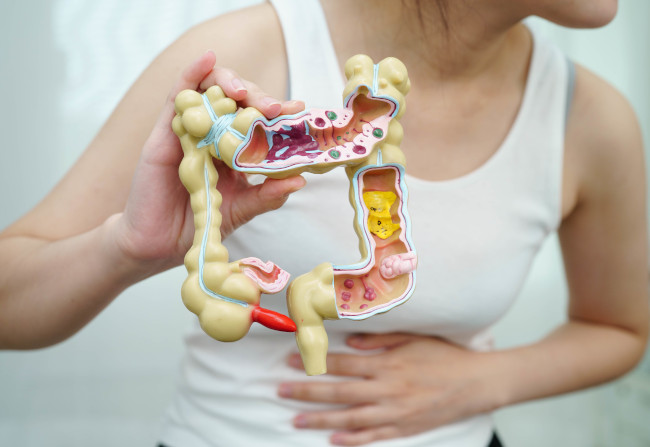
Differences from Constipation
Intestinal obstruction and constipation are fundamentally different pathologies. Obstruction is an acute surgical condition with complete or partial cessation of intestinal movement. Constipation is a functional disorder with slowed but preserved fecal movement.
With obstruction, pain is cramping, intense, and often unlocalized. With constipation, pain is moderate, predominantly in the lower abdomen, and is associated with a feeling of fullness and incomplete evacuation.
Voming is an important distinguishing feature. Obstruction is characterized by repeated vomiting, which in later stages may become fecal. Vomiting with constipation is extremely rare, occurring only in cases of severe intoxication.
The condition of patients also varies: with obstruction, symptoms of intoxication rapidly increase, while with constipation, the general condition usually remains satisfactory.
Treatment of intestinal obstruction
The main principles of therapy include:
- Emergency hospitalization
- Rapid diagnostics to determine the type of obstruction
- Intensive preoperative preparation (if necessary)
- Choice of treatment method
Conservative treatment
The main principles of treatment include:
- Emergency hospitalization
- Rapid diagnostics to determine the type of obstruction
- Intensive preoperative preparation (if necessary)
- Choice of treatment method
Conservative treatment of intestinal obstruction is carried out using the following methods:
- Gastrointestinal decompression: a medical procedure aimed at removing excess gases and contents from the stomach and intestines using a tube. Helps reduce intragastrointestinal pressure, relieve pain, prevent vomiting, and reduce the risk of perforation.
- Infusion therapy: intravenous administration of solutions to restore fluid and electrolyte balance, remove toxins, and support vital body functions.
- Intestinal motility stimulation: a set of therapeutic measures that help restore the natural contractility of the intestinal walls. This method is particularly effective for functional disorders when weakened peristalsis leads to slow movement of contents through the digestive tract. The basis of therapy consists of special medications that enhance intestinal motility and physiotherapy procedures. Particular attention is paid to correcting fluid and electrolyte balance, since decreased peristalsis is often caused by electrolyte imbalances.
- Hyperbaric oxygenation (HBO): a treatment method in which the patient breathes 100% oxygen under increased pressure in a special pressure chamber. HBO improves tissue oxygenation, reduces inflammation and swelling, and helps restore blood flow to ischemic areas of the intestine. This method can be used as an adjunct to the main treatment for complicated or ischemic bowel obstruction, as well as in the postoperative period to accelerate tissue healing. Physiotherapy methods: used to stimulate peristalsis and reduce pain, swelling, and inflammation. Typically used for functional bowel obstruction, when there is no mechanical obstruction. Methods are selected individually and may include electrical stimulation, thermal, and magnetic stimulation. Conservative treatment is performed only in the absence of signs of peritonitis and intestinal strangulation. Constant monitoring of the patient's condition is mandatory. If no improvement is observed within 6-12 hours, a decision is made regarding the advisability of surgery.
Surgical treatment
The main types of surgical interventions for complex cases of intestinal obstruction:
- Laparotomy: an abdominal surgery in which the surgeon makes an incision in the abdomen to remove the cause of the intestinal obstruction.
- Laparoscopy: the surgery is performed through several small punctures (5-10 mm) in the abdominal wall using special equipment - a laparoscope with a video camera and miniature surgical instruments.
- Adhesiolysis: dissection of adhesions with maximum preservation of the serous lining of the intestine.
- Detorsion with sigmopexy: untwisting of the volvulus of the sigmoid colon with subsequent fixation.
- Hartmann's bowel resection: an operation during which the damaged section of the intestine is removed, the upper end is brought out to the anterior abdominal wall as a colostomy, and the lower end is tightly sutured.
- Radical resection with anastomosis: complete removal of the affected section of the intestine (for example, due to a tumor or necrosis), after which the remaining healthy ends of the intestine are sutured together.
Is it possible to cure without surgery?
Conservative treatments are effective for functional disorders and partial mechanical obstruction without complications. Primary treatment includes intestinal decompression with a tube, enemas, IVs, and medications to restore motility.
Emergency surgery is necessary if there is complete obstruction due to a tumor or intestinal volvulus, signs of necrosis or peritonitis appear, and there is no improvement within 6-12 hours of therapy.
Exercise and Diet
After conservative or surgical removal of the obstruction, exercise and a gentle diet are gradually introduced. After 3-5 days, slow walks, light stretching, and Kegel exercises are permitted. After 2 weeks, swimming and walking 30-40 minutes per day are recommended. For 1-2 months, abdominal exercises, lifting weights over 3 kg, jumping, and sudden movements are prohibited.
For a week after the obstruction is removed, a light diet is recommended: cream soups, steamed omelets, boiled porridge, and low-fat kefir. Starting from the second week, stewed vegetables, baked apples, and toasted bread can be introduced into the diet.
Full-meal meals (5-6 times a day) are recommended for life, avoiding gas-producing foods, fried foods, and spicy foods. Be sure to drink 1.5–2 liters of water daily and consume fermented milk products to maintain intestinal microflora.
Frequently Asked Questions
We answer the most common questions patients have about intestinal obstruction.
Is surgery always necessary?
How long does recovery take after surgery?
Can I take laxatives if I suspect an obstruction?
Which doctor treats intestinal obstruction?

This award is given to clinics with the highest ratings according to user ratings, a large number of requests from this site, and in the absence of critical violations.

This award is given to clinics with the highest ratings according to user ratings. It means that the place is known, loved, and definitely worth visiting.

The ProDoctors portal collected 500 thousand reviews, compiled a rating of doctors based on them and awarded the best. We are proud that our doctors are among those awarded.
Make an appointment at a convenient time on the nearest date
Price
Other services

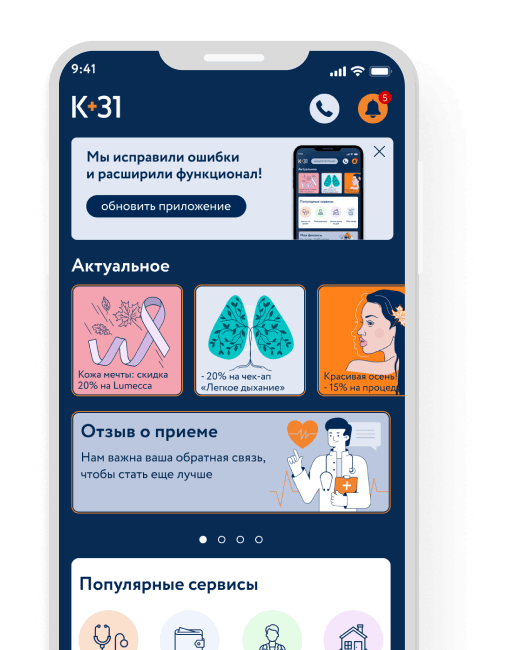
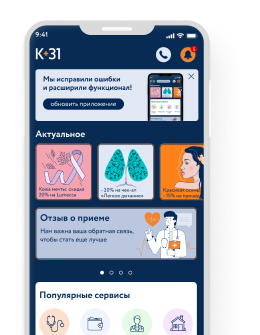



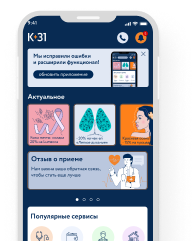

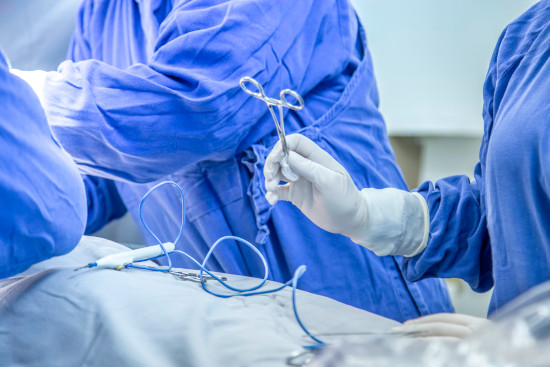



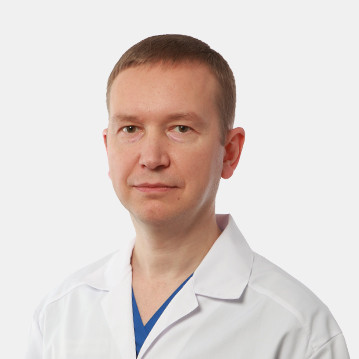

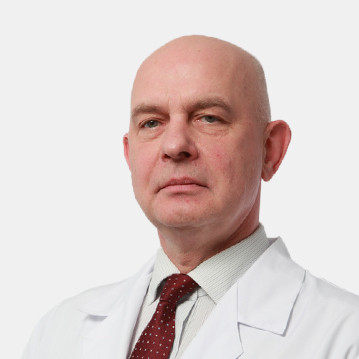





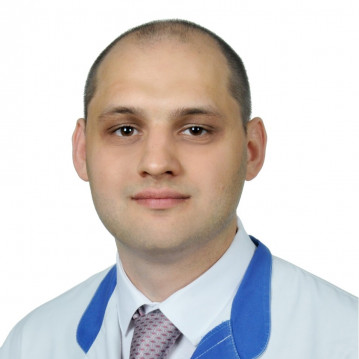



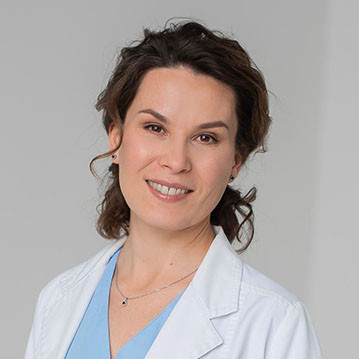
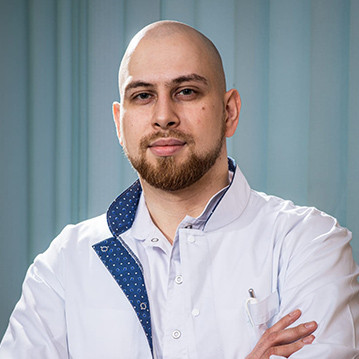
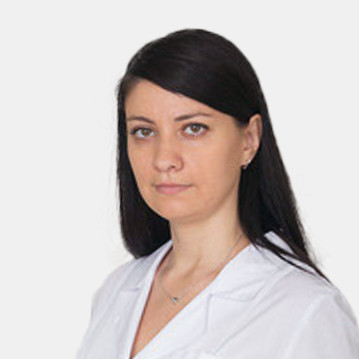
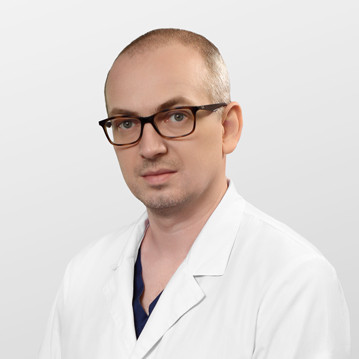

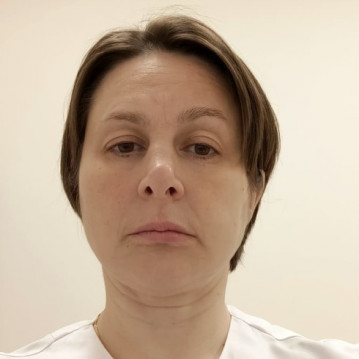
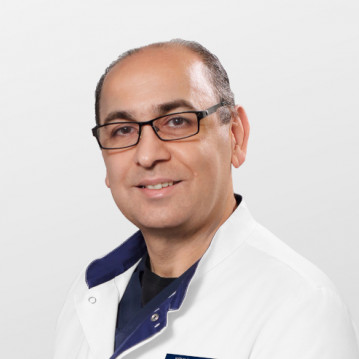
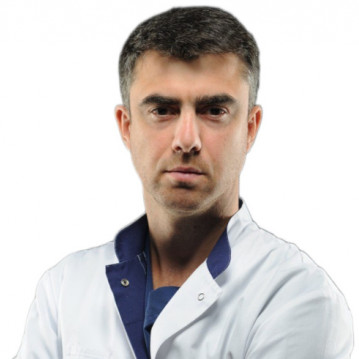



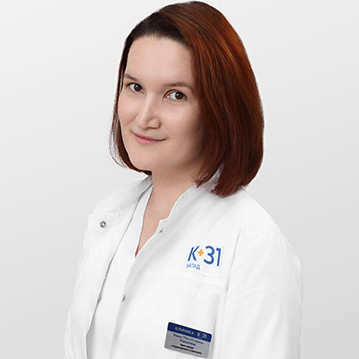


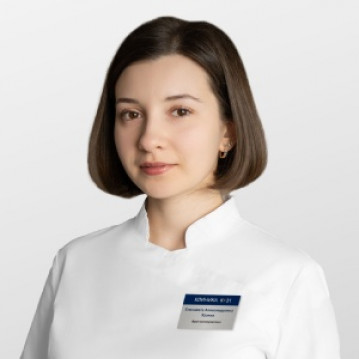
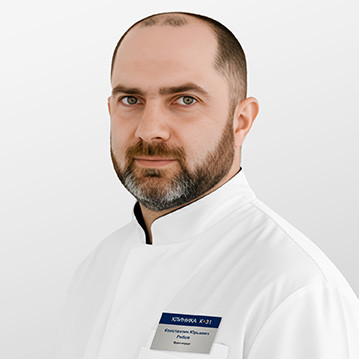
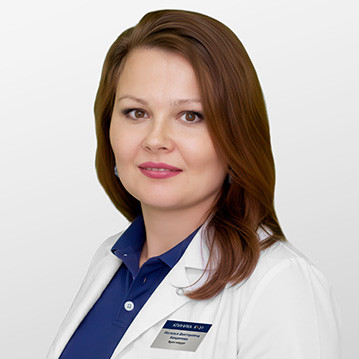
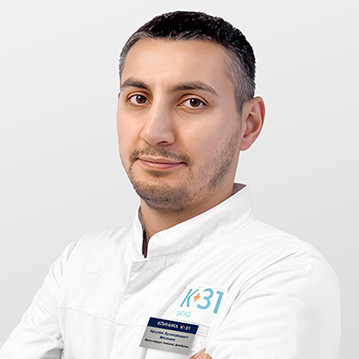

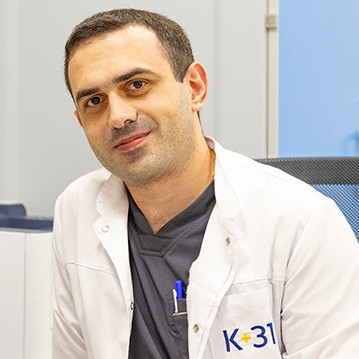

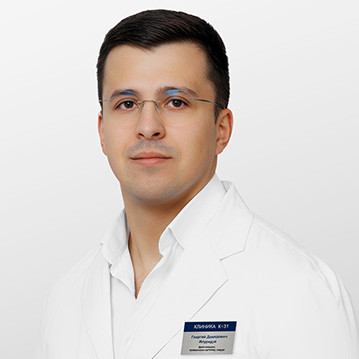
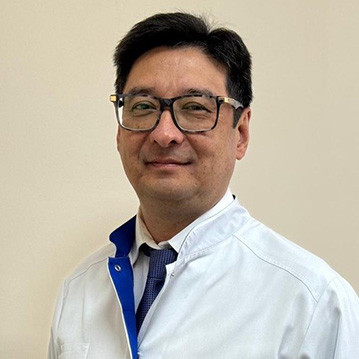


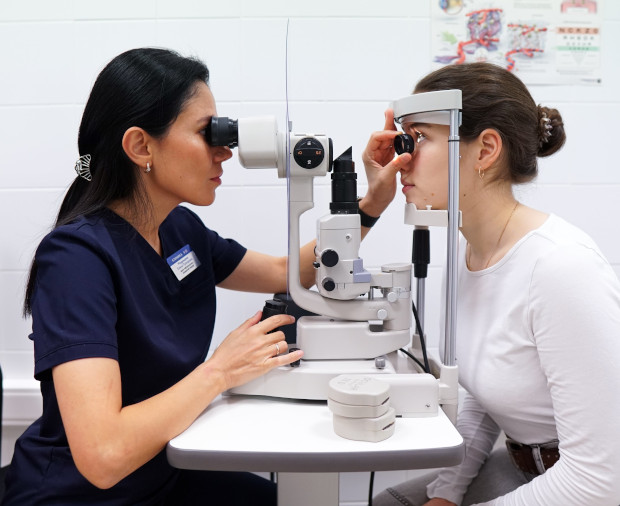
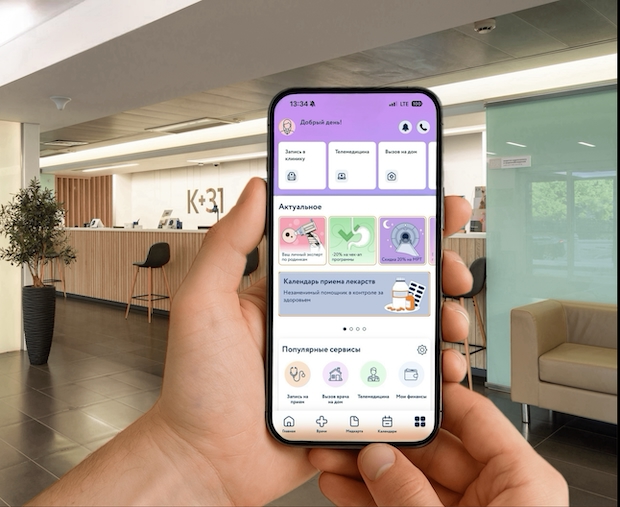



What is intestinal obstruction?
Intestinal obstruction is a condition that disrupts the natural movement of food and intestinal contents through the digestive tract. It can be caused by either a physical obstruction or a malfunction in the intestines. Successful treatment requires accurately determining the cause and choosing the optimal treatment strategy.